For some experts, physical stores without an online presence can still survive. Jorge Mas, co-founder of the retail consultancy CrearMas, shares this opinion, believing that when a consumer visits a store, they have the opportunity to "experience" and "get to know the brand in-depth." "A physical space allows us to touch, taste, smell, hear, and receive advice from a salesperson," he declares. Additionally, to attract the new generation, accustomed to digital shopping, he advocates offering personalized attention that cannot be experienced in online commerce. Ultimately, making customers feel special encourages them to visit the physical store and "ensure more sales in the future".
These places remain "essential," and Mas emphasizes the importance of giving them the value they deserve while using them to "captivate" customers: "Leading retailers continue to invest in physical stores because they know that's where they should focus." As an example, he points to Amazon, which "is investing in physical retail in the long term: it already has a supermarket and will open a clothing store in Los Angeles by the end of 2022".
On the other hand, P de Paola, Project Lobster, the luxury marketplace Vasquiat Room, Vicio, or Goxo are some examples of online leading brands opening physical stores. To understand this trend, Mas argues that major brands have recognized the importance of omnichannel strategies, offering customers the opportunity to experience a tangible experience, making direct contact with them, and simultaneously improving their brand positioning.
To achieve this, he considers that the physical store must be able to leverage the various available options. Thus, "FlagShip, Corner, or Shop in Shops are some of the formats that companies can adjust to adapt their format to growth or present novelties".
How to create value in the physical store? To answer this question, Jorge Mas prefers to address the concept of creating value first. In his opinion, it means surpassing the expectations of those who visit us, generating surprise, and offering an experience that is worthwhile. And how can this be achieved? According to the expert, this is possible through three elements: a good store display, excellent customer service, and a click and collect service to bridge online and offline commerce. Additionally, he adds a second strategy focused on engaging consumers in fun and educational activities to provide them with a "unique brand experience".
In this regard, the founder of CrearMas gives the example of Eataly, a food store that has incorporated tasting rooms to transform the shopping experience into something "fun" and "captivating." In fact, "some of their products are made in the same establishment, such as ricotta, fresh pasta, or mozzarella, allowing customers to see how they are made through glass."
Furthermore, the role of the human team remains fundamental in the physical store. According to Mas, "a good salesperson is one who can effectively communicate the brand's values and understand the needs of the visitors to provide better guidance." Therefore, in today's retail environment, well-trained employees capable of "surprising" and "guiding customers according to their needs" are essential.
In this new era of commerce, a coherent physical presence in all appropriate spaces plays a crucial role. Merely having an online presence is no longer sufficient; successful brands must optimize every aspect of their physical presence. From traditional retail outlets to space marketing, non-selling sites, and exhibition stands, all these elements must be integrated coherently and strategically.
The importance of being physically present in the digital world cannot be underestimated. Consumers seek authentic and meaningful experiences, and interaction in physical spaces plays a crucial role in achieving that. Innovative formats like FlagShip, Corner, or Shop in Shops allow brands to adjust their approach to meet their needs and present novelties that appeal to customers.
Moreover, in the context of the digital era, social media marketing is essential for creating an attractive and captivating online presence. Co-creating with experts in digital marketing and specialists in store ambiance ensures a unique and seductive brand experience both in the physical space and the digital world.
Creating value in the physical store means exceeding customer expectations, surprising them, and providing an experience that goes beyond the ordinary. A good store display, exceptional customer service, and integrating services like click and collect are fundamental to achieving this goal. Additionally, engaging consumers in interactive and enriching activities ensures they have an unforgettable experience with the brand.
For leading online commerce brands that open physical stores, omnichannel has become a priority. The opportunity to interact with customers in person allows for strengthening the relationship with them and improving the brand's positioning in their minds.
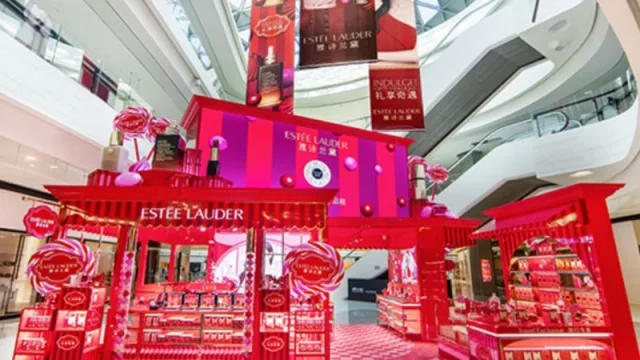
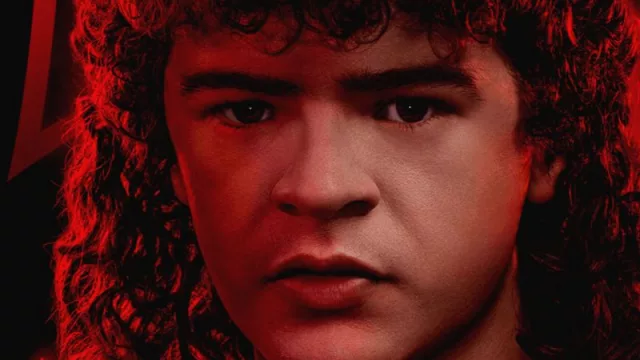



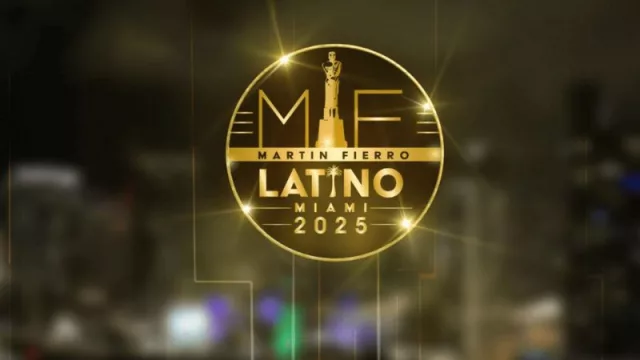

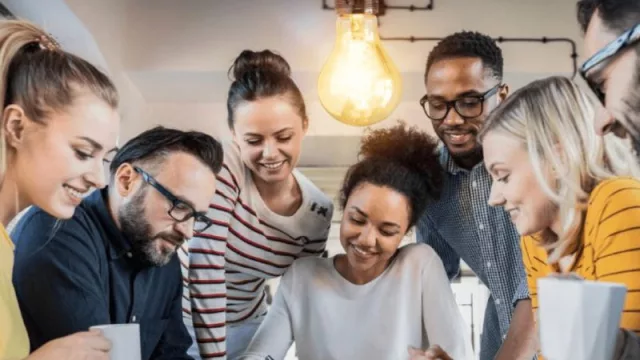


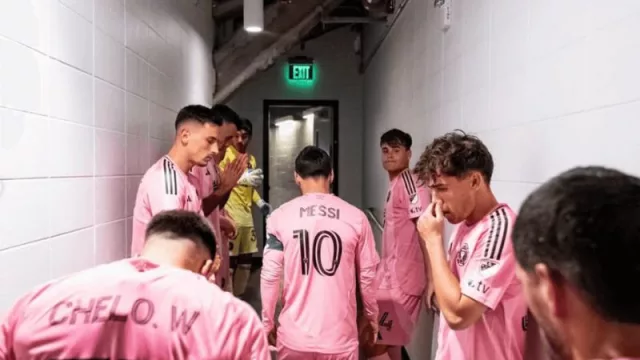

Tu opinión enriquece este artículo: